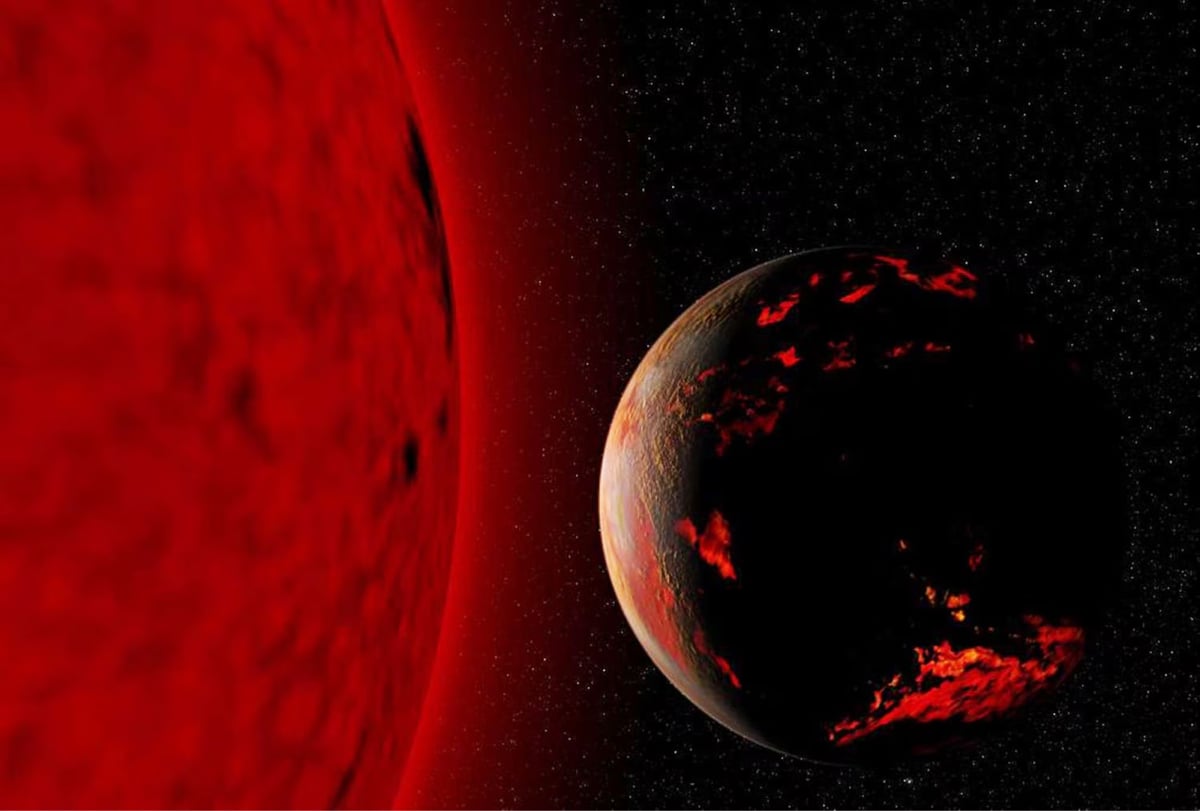
Ross Anderson and I share a favorite web page, Wikipedia’s Timeline of the Far Future, which he wrote about for the Atlantic: For How Much Longer Can Life Continue on This Troubled Planet?
Like the best sci-fi world building, the Timeline of the Far Future can give you a key bump of the sublime. It reminds you that even the sturdiest-seeming features of our world are ephemeral, that in 1,100 years, Earth’s axis will point to a new North Star. In 250,000 years, an undersea volcano will pop up in the Pacific, adding an extra island to Hawaii. In the 1 million years that the Great Pyramid will take to erode, the sun will travel only about 1/200th of its orbit around the Milky Way, but in doing so, it will move into a new field of stars. Our current constellations will go all wobbly in the sky and then vanish.
Some aspects of the timeline are more certain than others. We know that most animals will look different 10 million years from now. We know that the continents will slowly drift together to form a new Pangaea. Africa will slam into Eurasia, sealing off the Mediterranean basin and raising a new Himalaya-like range across France, Italy, and Spain. In 400 million years, Saturn will have lost its rings. Earth will have replenished its fossil fuels. Our planet will also likely have sustained at least one mass-extinction-triggering impact, unless its inhabitants have learned to divert asteroids.
I wrote about the timeline back in 2012 (and again in 2017 & 2019).
The timeline of the far future article is far from the longest page on Wikipedia, but it might take you several hours to get through because it contains so many enticing detours. What’s Pangaea Ultima? Oooh, Roche limit! The Degenerate Era, Poincar’e recurrence time, the Big Rip scenario, the cosmic light horizon, the list goes on and on.
Nicky Case, working with security & privacy researcher Carmela Troncoso and epidemiologist Marcel Salathé, came up with this fantastic explanation of how we can use apps to automatically do contact tracing for Covid-19 infections while protecting people’s privacy. The second panel succinctly explains why contact tracing (in conjunction with quick, ubiquitous testing) can have such a huge benefit in a case like this:
A problem with COVID-19: You’re contagious ~2 days before you know you’re infected. But it takes ~3 days to become contagious, so if we quarantine folks exposed to you the day you know you were infected… We stop the spread, by staying one step ahead!

It’s based on a proposal called Decentralized Privacy-Preserving Proximity Tracing developed by Troncoso, Salathé, and a host of others. Thanks to Case for putting this comic in the public domain so that anyone can publish it.
Update: About two hours after posting this, Apple and Google announced they are jointly working on contact tracing technology that uses Bluetooth and makes “user privacy and security central to the design”.
A number of leading public health authorities, universities, and NGOs around the world have been doing important work to develop opt-in contact tracing technology. To further this cause, Apple and Google will be launching a comprehensive solution that includes application programming interfaces (APIs) and operating system-level technology to assist in enabling contact tracing. Given the urgent need, the plan is to implement this solution in two steps while maintaining strong protections around user privacy.
Update: Based on information published by Google and Apple on their contact tracing protocols, it appears as though their system works pretty much like the one outlined about in the comic and this proposal.
Also, here is an important reminder that the problem of what to do about Covid-19 is not primarily a technological one and that turning it into one is troublesome.
We think it is necessary and overdue to rethink the way technology gets designed and implemented, because contact tracing apps, if implemented, will be scripting the way we will live our lives and not just for a short period. They will be laying out normative conditions for reality, and will contribute to the decisions of who gets to have freedom of choice and freedom to decide … or not. Contact tracing apps will co-define who gets to live and have a life, and the possibilities for perceiving the world itself.
Update: Security expert Bruce Schneier has some brief thoughts on “anonymous” contact tracing as well as some links to other critiques, including Ross Anderson’s:
But contact tracing in the real world is not quite as many of the academic and industry proposals assume.
First, it isn’t anonymous. Covid-19 is a notifiable disease so a doctor who diagnoses you must inform the public health authorities, and if they have the bandwidth they call you and ask who you’ve been in contact with. They then call your contacts in turn. It’s not about consent or anonymity, so much as being persuasive and having a good bedside manner.
I’m relaxed about doing all this under emergency public-health powers, since this will make it harder for intrusive systems to persist after the pandemic than if they have some privacy theater that can be used to argue that the whizzy new medi-panopticon is legal enough to be kept running.
And I had thoughts similar to Anderson’s about the potential for abuse:
Fifth, although the cryptographers — and now Google and Apple — are discussing more anonymous variants of the Singapore app, that’s not the problem. Anyone who’s worked on abuse will instantly realise that a voluntary app operated by anonymous actors is wide open to trolling. The performance art people will tie a phone to a dog and let it run around the park; the Russians will use the app to run service-denial attacks and spread panic; and little Johnny will self-report symptoms to get the whole school sent home.
The tie-a-phone-to-a-dog thing reminds me a lot of the wagon full of smartphones creating traffic jams. (via @circa1977)







Stay Connected